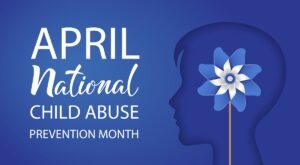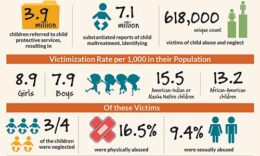5 Safety Resources for Abuse Prevention

National Child Abuse Prevention Month recognizes the importance of families and communities working together to prevent child abuse and neglect. Recently, we shared eight ways to get involved. Below are some resources organizations interested in prioritizing child protection and safety can use at any time, all year long. They apply to small or large organizations, start-ups or established, private or public, faith-based, or secular.
KidCheck’s goal is to provide resources to assist you in reducing risk and increasing the standard of care and safety. Common safety breakdowns which contribute to an increase in the incidence rate include isolation, an absence of screening, secrecy, unrestricted access to kids, and zero accountability, all of which contribute to an increased incidence rate.
Here are some tools, processes, and guidelines to help.
- Child Protection Policy –is a set of guidelines that define how an organization intends to protect and care for the children it serves. The goal of a CPP is to decrease isolation and increase accountability. The benefits include increased safety, providing a layer of protection, defining guidelines for responding and reporting, and creating the opportunity to discuss abuse prevention.
- Comprehensive Screening – is a process that sets the foundation for determining who should and should not have access to children. It also acts as a deterrent for would-be offenders and eliminates easy access to kids.
- The Rule of Two – (also called the two-adult rule) is a critical policy that acts as the preferred standard for abuse prevention. The primary purpose of the two-adult rule is to increase accountability and decrease isolation.
- Leadership Support – If you find yourself seeking support for improving child safety, remember it’s less about what you’re proposing and more about how you present the information. Spend time preparing to be able to offer convincing evidence to those making the decision.
- Predator Proof Your Organization – Predators are everywhere and often target organizations serving children and youth. Predators seek out organizations with multiple safety breakdowns (see list above). In this case, prevention is key. Creating policy and prevention tactics will lower the risk of abuse and make it more difficult for them to operate.
Everyone Has a Role to Play
It’s impossible to eliminate all abuse. However, by taking a deliberate approach to reducing the risks, you take one step closer to increasing protection. If you suspect abuse or have observed any odd behavior, report it immediately to the authorities.
Red Flags include a person who:
-
- Continually tries to get access to children, even if they don’t have a child in the program.
- Asks to take pictures of or with children that aren’t theirs.
- Gives gifts or pays special attention to a specific child.
- Lingers outside the children’s area during and after hours.
- Frequently offers favors to “help you out” with the children but is not a screened employee or volunteer.
- Repeatedly enters a bathroom or locker room where children are changing or showering and does not respect a child’s need for privacy.
Subscribe to the KidCheck blog or join us on YouTube, Twitter, Facebook, Pinterest, and Instagram for more child safety resources.
Image credit: The Children’s Advocacy Center of Hidalgo County


